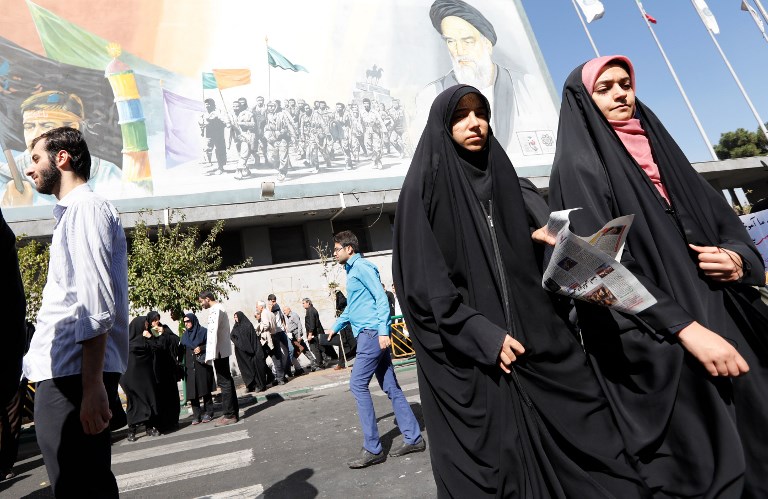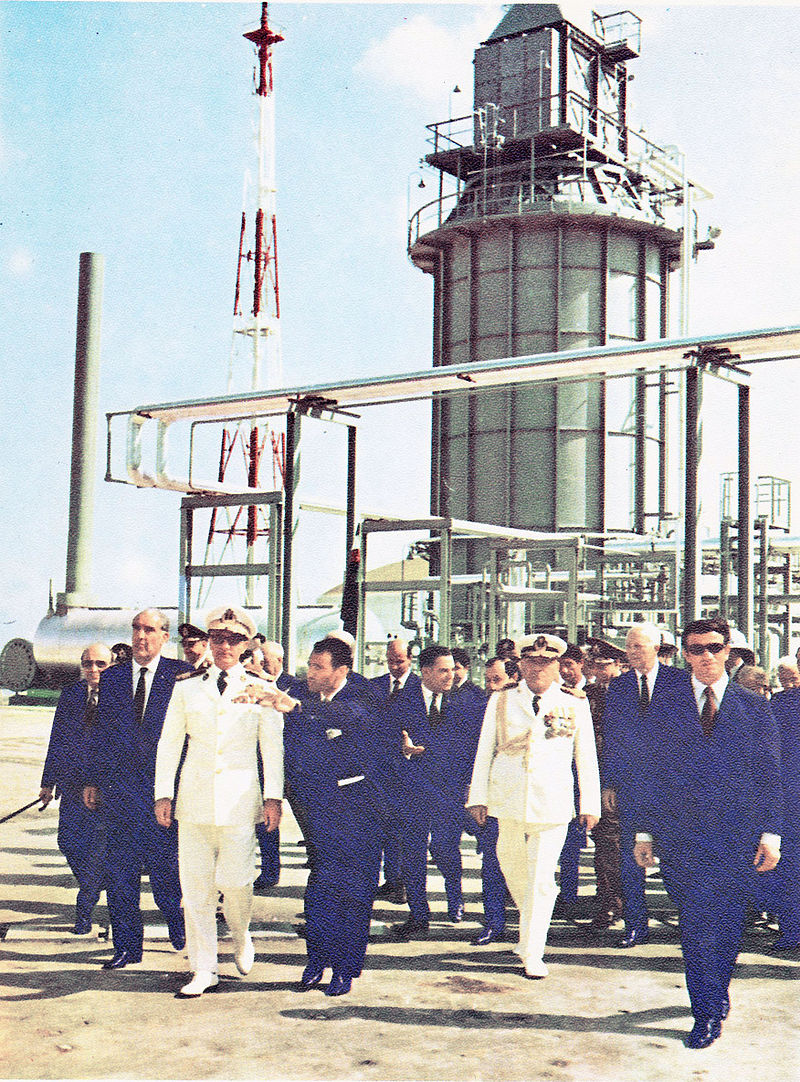


The Iranian Ministry of Industry, Mine, and Trade (MIMT) reported on March 2, 2023 that a recent geological survey discovered a massive reserve of lithium. Iran now approximates it has 8.5 million metric tons (mt) of lithium, putting that country second in the world behind Chile (9.3 million mt) and far ahead of the third place Australia (3.8 million mt). The lightest metal in the world, integral to the fabrication of electric car batteries, smartphones, laptops and even medication used to treat bipolar disorder, lithium has emerged as one of the most important natural resources for the future. The lithium discovery is a boon to the Islamic Republic’s mining industry and broader economy as its people continue to suffer the impact of US-imposed sanctions.
The news was bittersweet to the governments of Britain and the US, who no doubt wished they still dominated the country with their former ally Mohammad Reza Pahlavi, known in the west as the Shah. Britain and its Anglo-Iranian Oil Company controlled Iran’s vast oil reserves from the start of the 20th century until the Islamic revolution of 1979 toppled the western-backed monarchy. In 1953, after prime minister Mohammad Mosaddegh nationalized the country’s oil, an enraged Britain colluded with the US to oust Mosaddegh with a coup d’etat, in a plot that included the CIA, Theodore Roosevelt’s grandson, and the Shah’s twin sister. Following the coup, Britain enjoyed a 50/50 split of the Iranian oil sales, but of course was not required to disclose any financial information to Iran. Since 1979, when Ayatollah Khomeini and The Council of the Islamic Revolution defeated the Shah, Iranian relations with the west have remained tense to varying degree.

Given that western governments and media for years have salivated over the prospect of regime change in Iran, the new report that Iran owns the second-biggest cache of lithium should make Iranians all the more vigilant against an attempted color revolution. The US has a long record of foreign “interventions” in pursuit of natural resources like oil, but there is also precedent for how the US treats less-than-compliant countries with large lithium reserves. Overshadowed by the Covid-19 pandemic was the brief ousting of Bolivian president Evo Morales, who later claimed the US had assisted his enemies in hopes of laying claim to Bolivia’s vast lithium mines.
Less politically-fraught than military invasions, color revolutions have become the tactic of choice for the United States government when it decides a particular country should change course. In Color Revolutions: Theory And Practice Of Modern Political Regimes Dismantling, political scientist A.V. Manoylo writes, “Color revolutions only superficially resemble real revolutionary movements; unlike the true revolutions caused by the intrinsic factors of historical development, color revolutions are technologies that misrepresent themselves as spontaneous processes. They are characterized by a theatrical level of «stage direction», which the western political analysts are trying to pass off as unplanned and spontaneous manifestations of the will of the people who suddenly decided to regain the right to rule their own country. The engineered scenario of any color revolution is based on Anglo-Saxon (North-American) philosophy of democratization, designed for exporting democracy, democratic institutions, and values to contiguous countries . Technologies of color revolutions can only be put to practice successfully by their creators and developers, namely, the Anglo-Saxons. In any country where a color revolution starts, one should look for a North-American imprint.”
Iran seems to be in the Western crosshairs for another, imminent attempt at color revolution. Recent protests over mandatory wearing of the hijab for women appear in Western media as authentic grassroots protests by the oppressed women of Iran. But is this movement truly coming from the Iranian people, or is it yet another attempt to undermine a foreign government at the behest of Western interests? Speaking in October, Ayatollah Khomeini was unequivocal: “These riots and the insecurity were engineered by America and the occupying, false Zionist regime [Israel], as well as their paid agents, with the help of some traitorous Iranians abroad.” Thanks in part to this frankness and an intolerance for any outside meddling, Iran has successfully staved off foreign interventions since 1979.
Protests over the Hijab are now not the only concern facing Iranian women. In recent days, dozens of Iranian schoolgirls have been hospitalized for what authorities are calling a “suspected poisoning.” Iran’s Supreme Leader condemned the spate of poisonings an “unforgivable crime” and promised the culprits no mercy. Whether any suspects are known or which substances were used against the Iranian students have not yet been revealed. Western media for its part have followed the color revolution playbook, reporting that “activists and civil rights groups” in Iran are calling for nationwide rallies to denounce the government’s “failure to address the issue.” We may never find out whether or not the US was behind these poisonings as a ploy to enact regime change, but either way the US benefits from this wicked act as it pursues its goal of bringing to power someone like The Shah and gaining access to the vast natural resources that belong to Iran and its people.